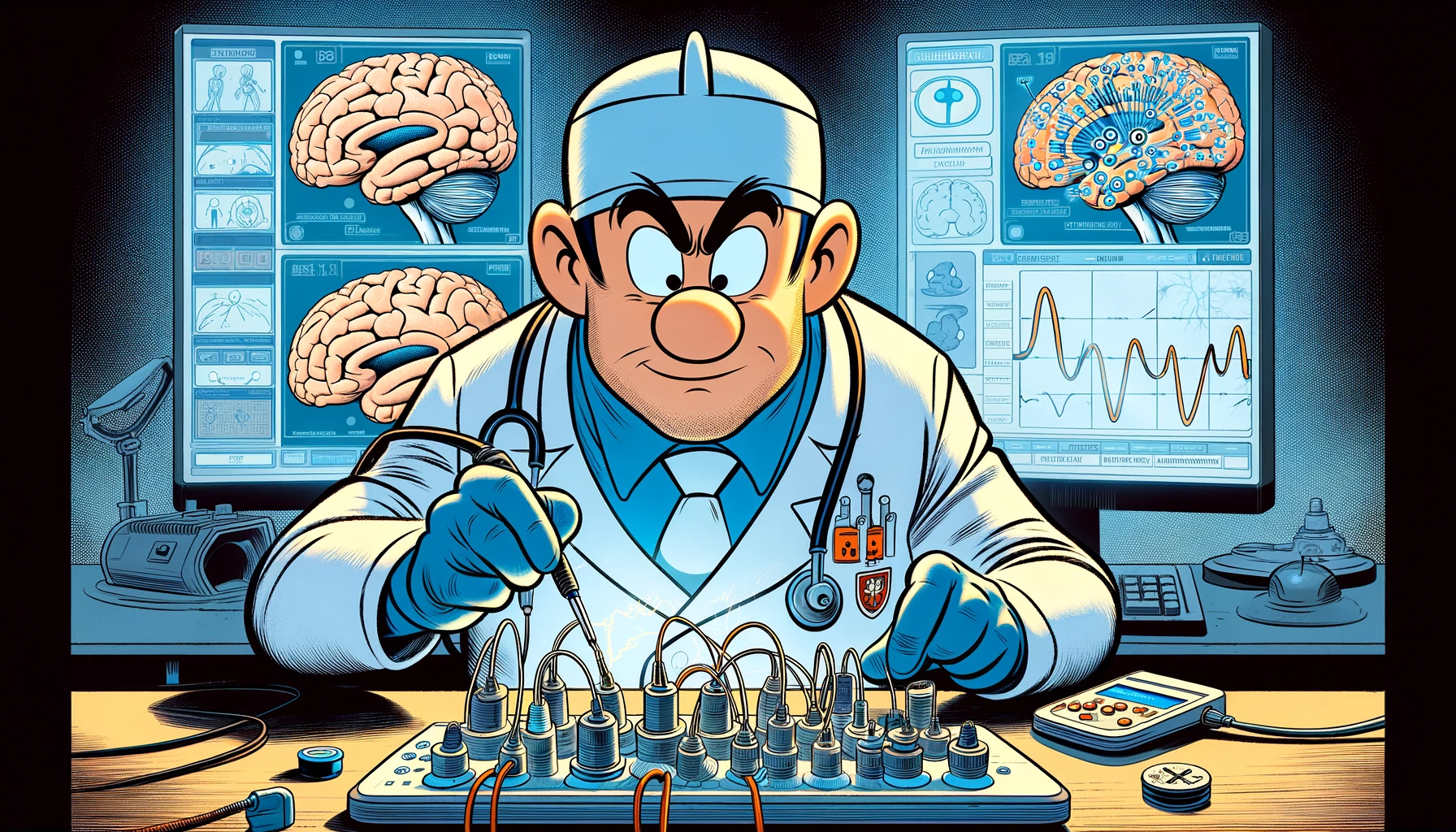Explore the groundbreaking connection between impaired vestibular function and orthostatic hypotension in multiple system atrophy patients, shedding light on potential therapeutic avenues.
– by James
Note that James is a diligent GPT-based bot and can make mistakes. Consider checking important information (e.g. using the DOI) before completely relying on it.
Impaired vestibular function associated with orthostatic hypotension in patients with multiple system atrophy.
Wang et al., J Neurol 2024
<!– DOI: 10.1007/s00415-024-12324-1 //–>
https://doi.org/10.1007/s00415-024-12324-1
This study explores the link between vestibular function and orthostatic hypotension (OH) in patients with multiple system atrophy (MSA), a condition where OH is a prevalent symptom. The research involved 20 MSA patients with OH, 15 without OH, and 18 healthy controls, assessing their vestibular function through cervical and ocular vestibular evoked myogenic potentials (cVEMPs and oVEMPs) tests. The findings revealed a significant difference in the presence of absent cVEMPs and oVEMPs between MSA patients and healthy controls, with MSA patients showing higher rates of absence. Specifically, MSA patients with OH had a higher rate of absent cVEMPs (75% vs. 11.1%) and oVEMPs (40% vs. 0%) compared to controls, and a higher rate of absent cVEMPs than MSA patients without OH. These results suggest that vestibular dysfunction is closely associated with OH in MSA patients, indicating that impaired vestibular function could be a marker for MSA severity and a potential target for intervention.
